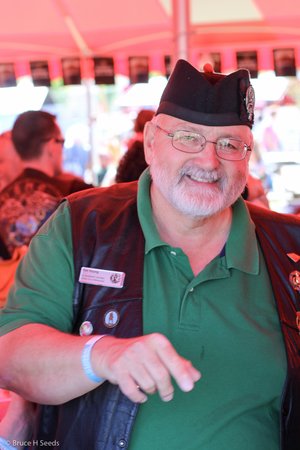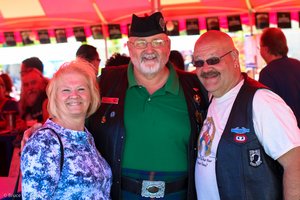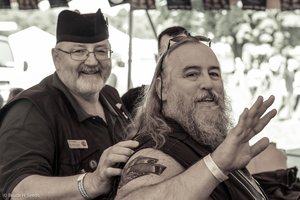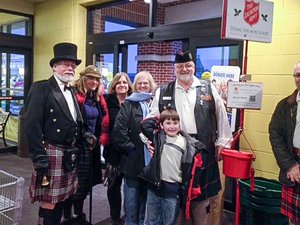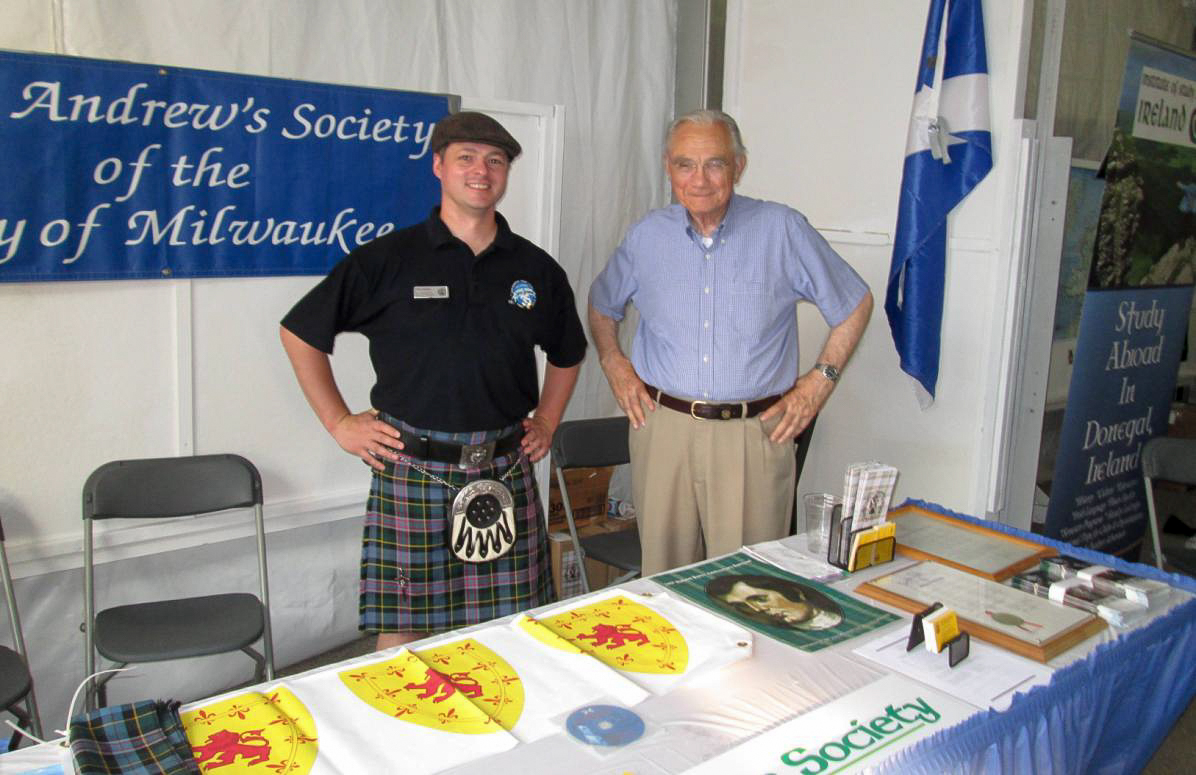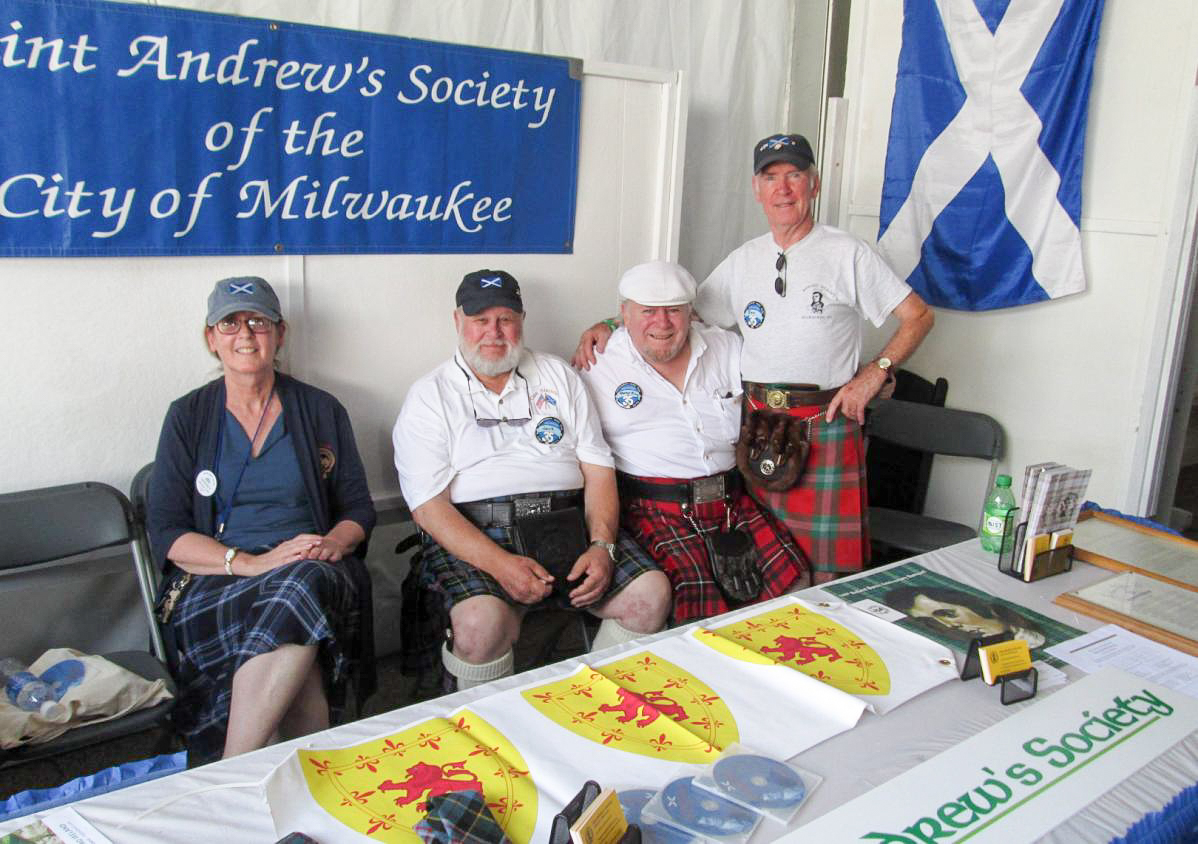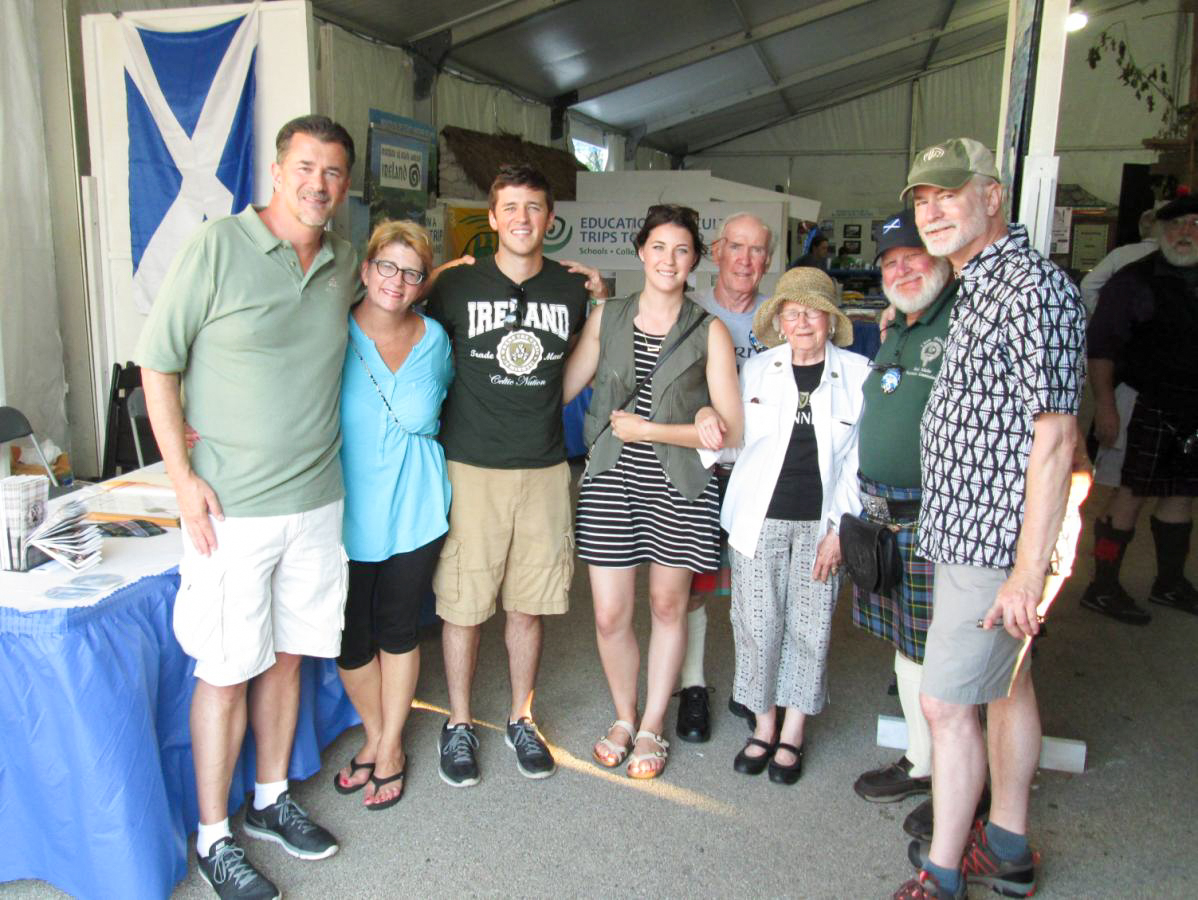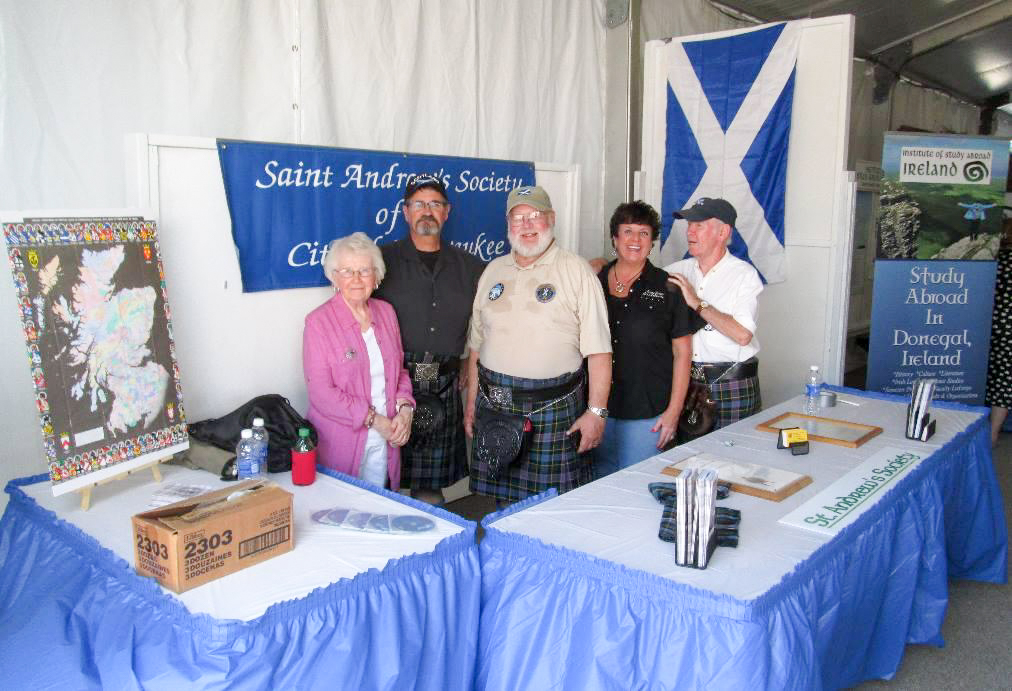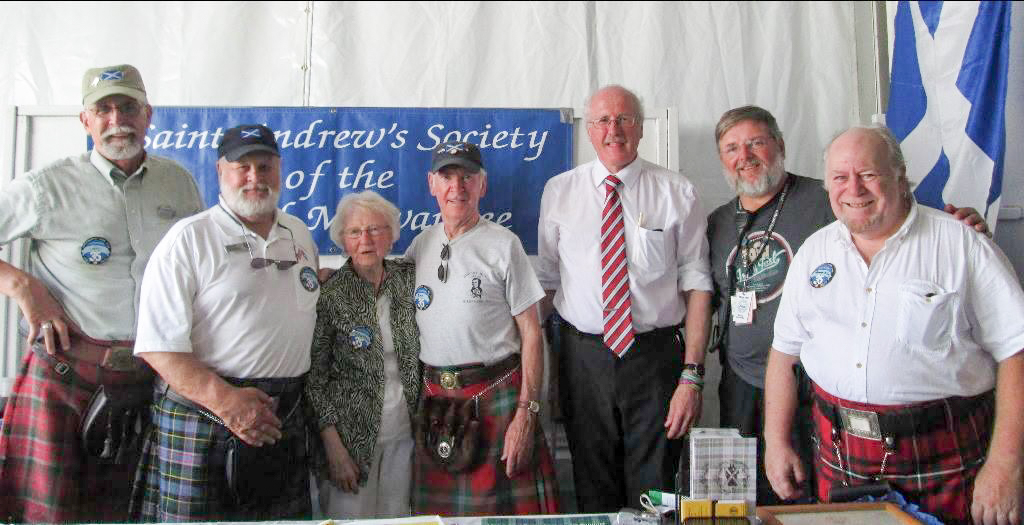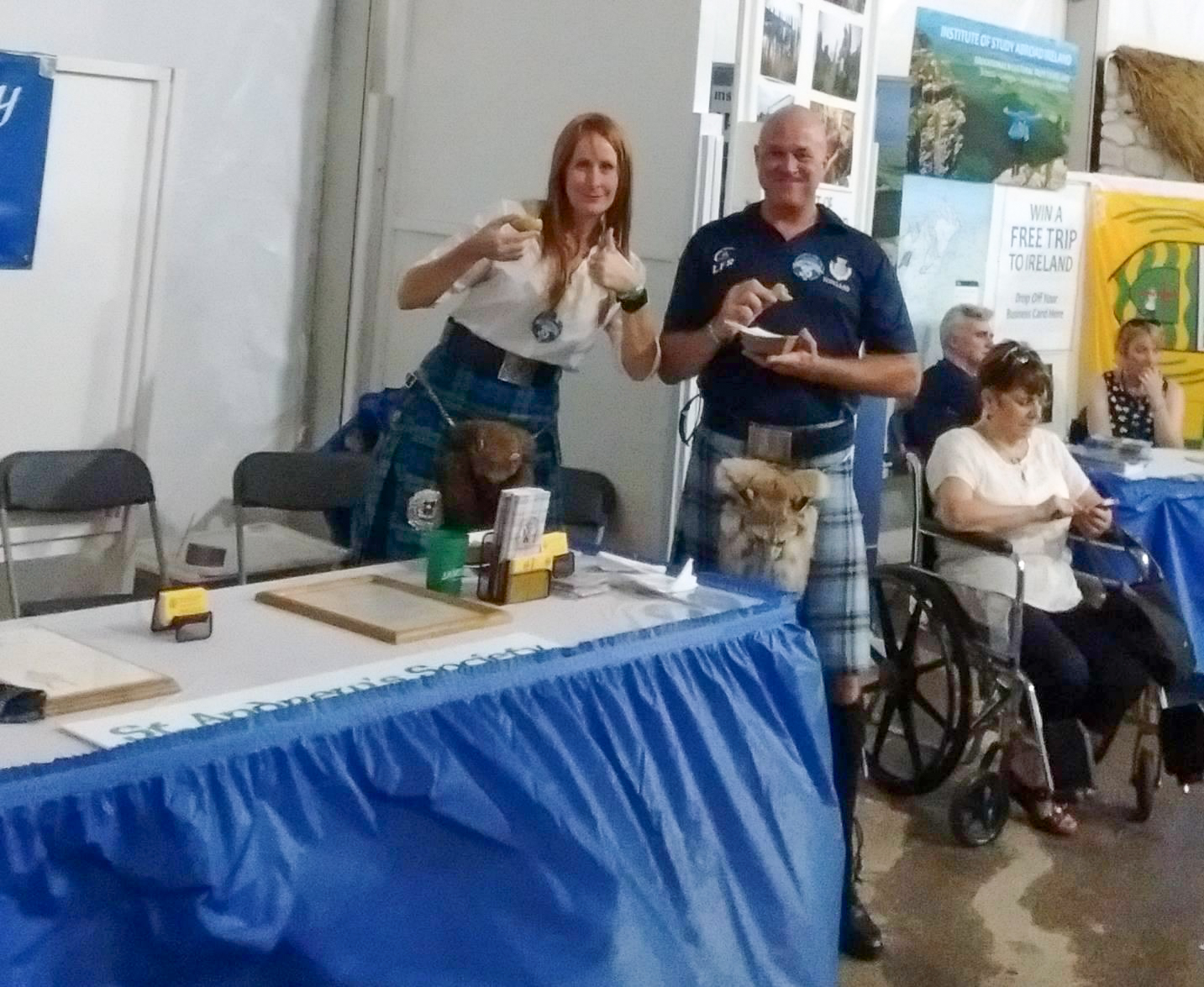I would like to thank the Saint Andrew's Society of the City of Milwaukee for granting me an incredible scholarship to study and excavate as an archaeology student at the Ness of Brodgar in Orkney, Scotland this summer. Nearly 1,200 professional archaeologists and volunteers applied to excavate at the Ness this summer and were turned away. I will be one of nearly one hundred people working on this site! I am so thankful for your support with this incredible opportunity, and look forward to sharing my experiences with you. I will begin excavating tomorrow morning after our group of 13 students takes a trip to the field supply shop. You can count on the fact that I will be posting regularly about my experiences! :)
My tour of Orkney began today with a trip to five different sites. First we visited Skara Brae, which is a 5000 year old, subterranean Neolithic village. It's amazing the level of civilization the people had at this time and how they structured their living spaces. One concern with this site, and with many in Orkney, is that due to erosion from the ocean, part of the site may currently be underwater, and at some point may become it's own island with the way the water comes in.
We then visited the Broch of Birsay which is on an island off the mainland. It was a Viking Age settlement from approximately 1000 ya, and was likely the most important village of its time prior to Kirkwall becoming the most important city space. We didn't walk out to the site due to the fact that the causeway was flooded by the tide!
After that, we walked around the Palace of Birsay, which was an old 16th century palace in ruins. The people who lived there apparently weren't the nicest but the architecture of the building was something to see! It was a three story structure with three different wings and was in nearly the same shape as the ruins that were thousands of years older. We figured this was due to exposure to elements that wouldn't have had as big of an impact on subterranean structures.
Then we made our way to the Kirbuster museum which basically reconstructed what life in 19th century farm house in Orkney would have been like. The gentleman running the museum actually lit a peat fire in the house, which would have been something to have experienced daily!
From the museum we made our way to the Broch of Gurness, which is an Iron Age settlement (2000ya) which likely served some protective and religious purposes. It was neat that we were able to walk around and through the ruins, which we weren't allowed to do at Skara Brae. Apparently close to 20 family members of an elite group would have lived in the center structure of this site, and nearly one hundred other villages would have lived within the periphery of the middle building. It's amazing being able to walk through so much history!
I cannot wait to share what I learn and find at the Ness! Again, you made this possible. Thank you :) As they say here, Cheers!

